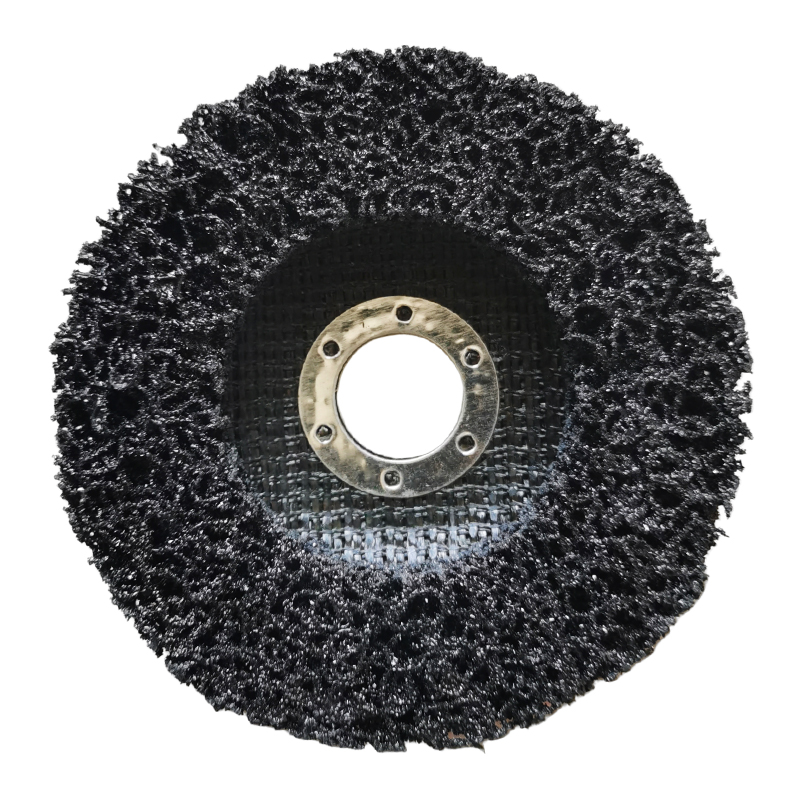The Essential Guide to Metal Cutting Discs
In the world of metalworking, precision and efficiency are paramount. One essential tool that has revolutionized the way we cut through tough materials is the metal cutting disc. These discs, designed specifically for grinding, cutting, and slicing through various metals, play a crucial role in fabrication, construction, and automotive repair industries. Understanding the different types, uses, and maintenance of these discs can greatly enhance your metalworking skills and ensure successful outcomes in your projects.
Types of Metal Cutting Discs
Metal cutting discs come in a variety of types, each suited for specific materials and applications. The two most common materials used in these discs are aluminum oxide and zirconia alumina.
1. Aluminum Oxide Discs Ideal for cutting ferrous metals, these discs can cut through materials such as steel and iron effectively. They offer a good balance between affordability and performance, making them a popular choice among hobbyists and professionals alike.
2. Zirconia Alumina Discs Slightly more expensive but offering superior performance, zirconia alumina discs are perfect for applications that require more aggressive cutting and longevity. They are often used for stainless steel, making them a preferred choice in the fabrication of high-quality metal structures.
Each disc type also varies in thickness, which directly impacts its strength, speed, and the quality of the cut. Thicker discs provide more durability and are suitable for heavy-duty cutting, while thinner discs often allow for faster cuts but may wear down more quickly.
Applications of Metal Cutting Discs
Metal cutting discs have a wide range of applications. In construction, they are commonly used for cutting rebar, structural steel, and various metal materials during the installation of frameworks. In the automotive industry, these discs play a significant role in bodywork, exhaust repairs, and engine fabrication.
discos de corte de metal

Moreover, metal cutting discs are vital for DIY enthusiasts and craftsmen who engage in metal sculptures and artistic projects. Their versatility allows for intricate designs and finishes that would otherwise be challenging to achieve.
Choosing the Right Metal Cutting Disc
When selecting a metal cutting disc, consider the type of metal you will be cutting, the thickness of the material, and the specific requirements of your project. Always ensure that the disc is compatible with your cutting tool. Discs are typically labeled for safety and usage, which includes the maximum RPM (revolutions per minute) and recommended materials.
Additionally, investing in high-quality discs can lead to significant cost savings over time. Cheaper options may seem attractive initially, but they often wear out quicker, leading to increased replacement costs and potential safety hazards from using subpar products.
Maintenance and Safety Tips
Proper maintenance of metal cutting discs is crucial to ensure their longevity and effectiveness. Store them in a dry place away from moisture and extreme temperatures. Always inspect discs for damage before usage, such as cracks or chips, which could lead to breakage when in use.
Safety is paramount when working with cutting discs. Always wear appropriate personal protective equipment, including safety goggles, gloves, and a face shield. Ensure that all safety guards on your cutting equipment are in place before starting your work.
Conclusion
Metal cutting discs are indispensable tools in various industries and crafts. Understanding their types, applications, and maintenance can greatly enhance your metalworking capabilities. Whether you are a professional tradesperson or a DIY enthusiast, investing time in learning about these discs will undoubtedly lead to successful and safe cutting experiences. With the right knowledge and equipment, you can tackle any metalworking project with confidence and precision.
Post time:Dec - 12 - 2024

















